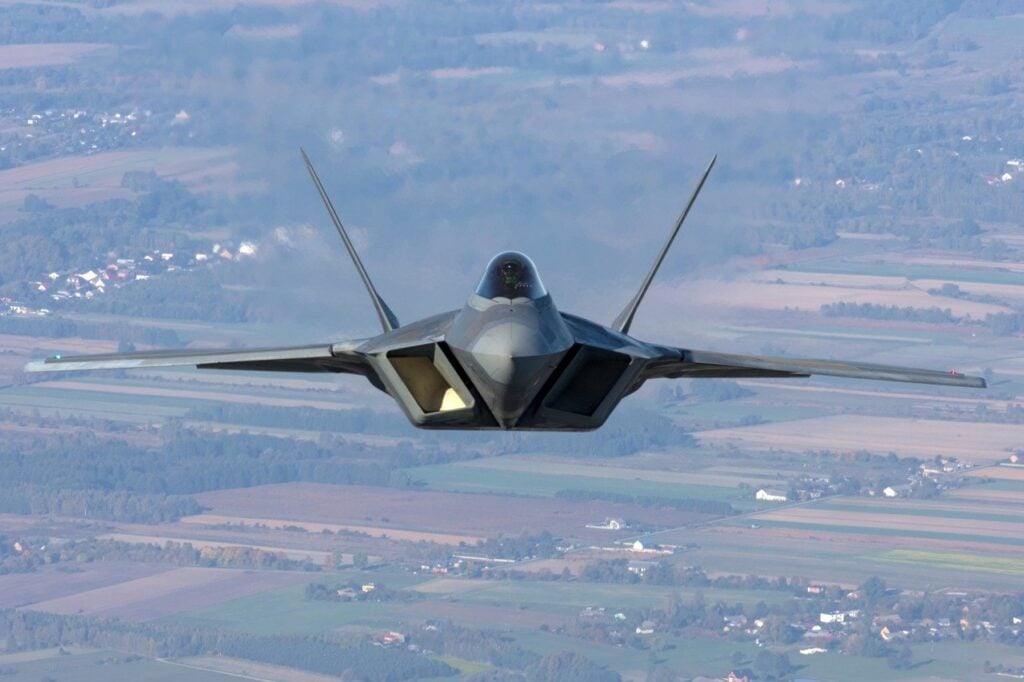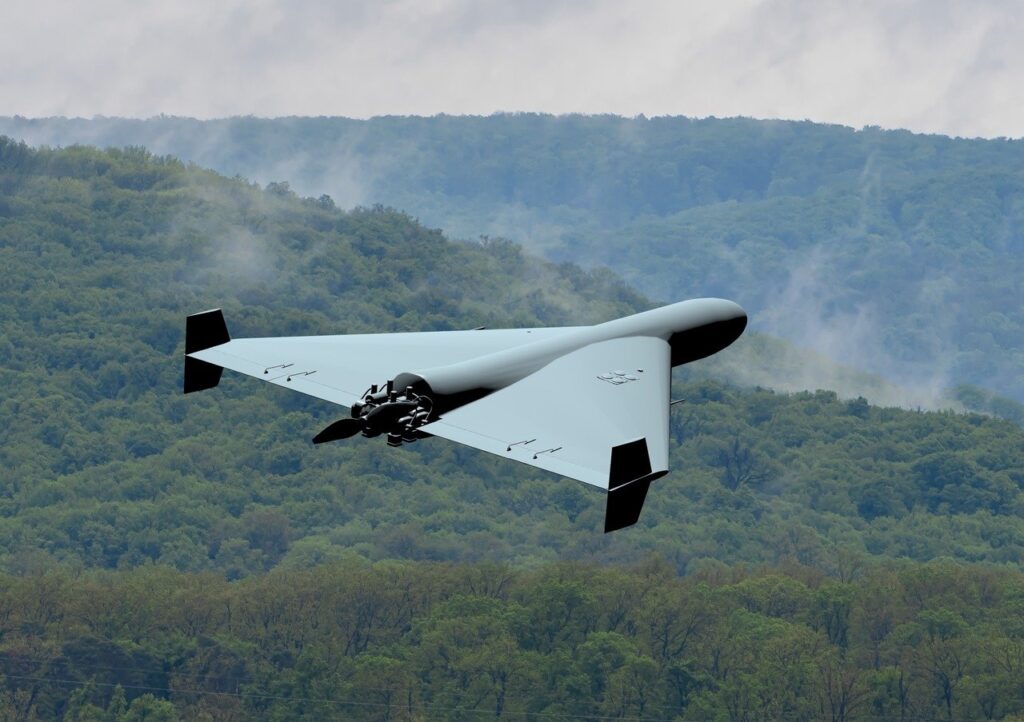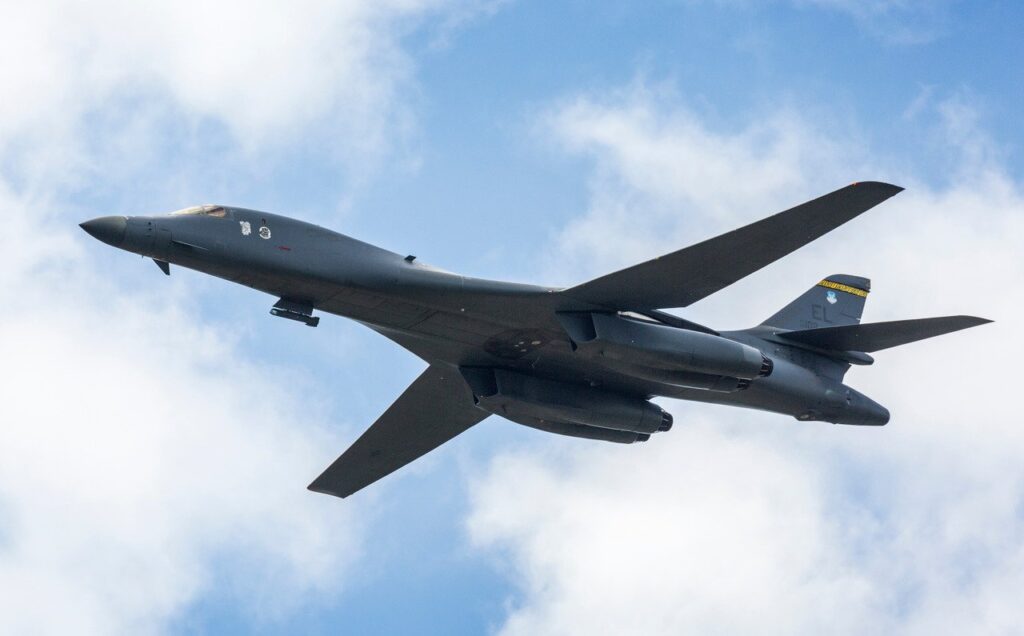
The U.S. Navy Doesn’t Have Enough Air Defense Missiles
The United States Navy is engaged in its highest level of missile combat in the last decade, as sailors defend commercial shipping from continued attacks by Iranian-backed Houthi fighters in the Red Sea. While the US and her coalition partners have successfully secured this critical global trade route, the escalating costs—financially and militarily—have sparked concern in Washington.
As if America needed another reminder, a world increasingly unstable in three regions has laid bare the silliness of Pentagon plans to be prepared for just one short war. America’s missile and munitions cupboard keeps going bare against repeated attacks from enemies with far cheaper weapons.
To make matters worse, the Pentagon’s inability to replace depleted bomb, rocket, ammo and missile stocks quickly means the bad guys just have to keep at it until we simply run out of stuff. Washington is only just waking up to what Beijing and Moscow know very well.
Beijing is tracking our dwindling munitions as China continues to build up its arsenal of thousands of sophisticated hyper and sub-sonic ballistic missiles. Nor does it take a peer enemy to rapidly diminish our inventories. Iran is estimated to have over 3,000 ballistic missiles to use or give to its growing list of friends.
This financial and military readiness strain stemming from current operations also casts a shadow over the Navy’s preparedness for challenges beyond the moment. The costly expense of precision air defense munitions, exemplified by the notable use of the Standard Missile (SM) series in recent Red Sea operations, highlight the Navy’s dilemma in taking action against threats when stocks are so limited. The challenge is compounded by recent analysis revealing concerning inadequacy in the Navy’s magazine depth, potentially compromising its readiness for a high-intensity conflict.
It baffles observers then that the Pentagon’s purchase of new weapons continues to fall short and lags behind other internal priorities since the end of the Cold War. Next-generation technologies, like directed energy weapons, offer potential solutions but their viability is unclear as the Navy’s estimates of future procurement cost continue to fluctuate.
Amidst these uncertainties, it’s essential to recognize the enduring role played by existing capabilities.
The Standard Missile-2 (SM-2), a ship-launched air defense missile first put into service in 1979, has formed the backbone of the US Navy for the past half century and is planned to continue to do so for the foreseeable future. The SM family has numerous variants and successors, with the most recent in the form of the SM-6, which is designed to be next “workhorse” for Navy ballistic missile defense and is better able to defend against hypersonic threats.
While the SM-6 is more technologically impressive and capable than its predecessors, there are too few of these missiles on hand. President Biden’s budget request this year asked for just 125 SM-6s. While production will increase in the next five years, the total half-decade purchase plan stands at just 1,055 missiles. This is only enough to equip every destroyer in the fleet with a dozen missiles over the next five years—or have entire ships go without any missiles onboard.
By contrast, during the military buildup of the 1980s, the need for surplus stocks, war reserves and excess inventory as insurance was paramount. President Reagan requested 1,380 SM-2s in just 1985 alone, or 30 percent more than President Biden’s planned five-year buy.
While select munitions stockpiles do exist, the war in Ukraine has shown that past munitions requirements based on rosy war assumptions have vastly underestimated the need for volume in modern warfare. According to RTX, the prime contractor for the SM-6, the existing SM-6 stockpile sits somewhere north of 500 missiles. This is not nearly enough for a drawn-out conflict with any peer adversary and potentially any sub-par one, too.
Beijing is well aware of our own shortfalls as evident by China’s rapid expansion and investment in its missile forces. China’s ground-based missile forces have nearly doubled in the last decade, and the Pentagon estimates that the PRC has stockpiles of thousands of missiles in reserve, all as part of a strategy to mass fires and overwhelm US warships in a potential conflict.
Deterrence works both ways. A weak defense industrial base and scarce stockpiles could deter our military leaders from acting to protect national interests. If enemies believe that the Pentagon’s cost calculations for air and missile defense can affect or limit potential military outcomes, they will likely choose to take that gamble.
Congress has taken some small steps in the right direction by legislating that the Pentagon reassess munitions requirements and authorizing additional multi-year procurement authorities for key munitions.
Equally important, however, is what Dr. Bill LaPlante, Under Secretary of Defense for Acquisition and Sustainment, said in that “…the demand signal has to start with contracts.” With the feds still stuck in continuing resolution limbo, the Defense Department is slowing outlays and is barred from spending on new programs.
Washington must wake from its slumber and go faster and work with more urgency to restore credible conventional deterrence around the world. The cost of fighting will be much higher should policymakers fail to do enough now while they still can.
About the Author
Mackenzie Eaglen is a senior fellow at the American Enterprise Institute (AEI), where she works on defense strategy, defense budgets, and military readiness. She is also a regular guest lecturer at universities, a member of the board of advisers of the Alexander Hamilton Society, and a member of the steering committee of the Leadership Council for Women in National Security.


